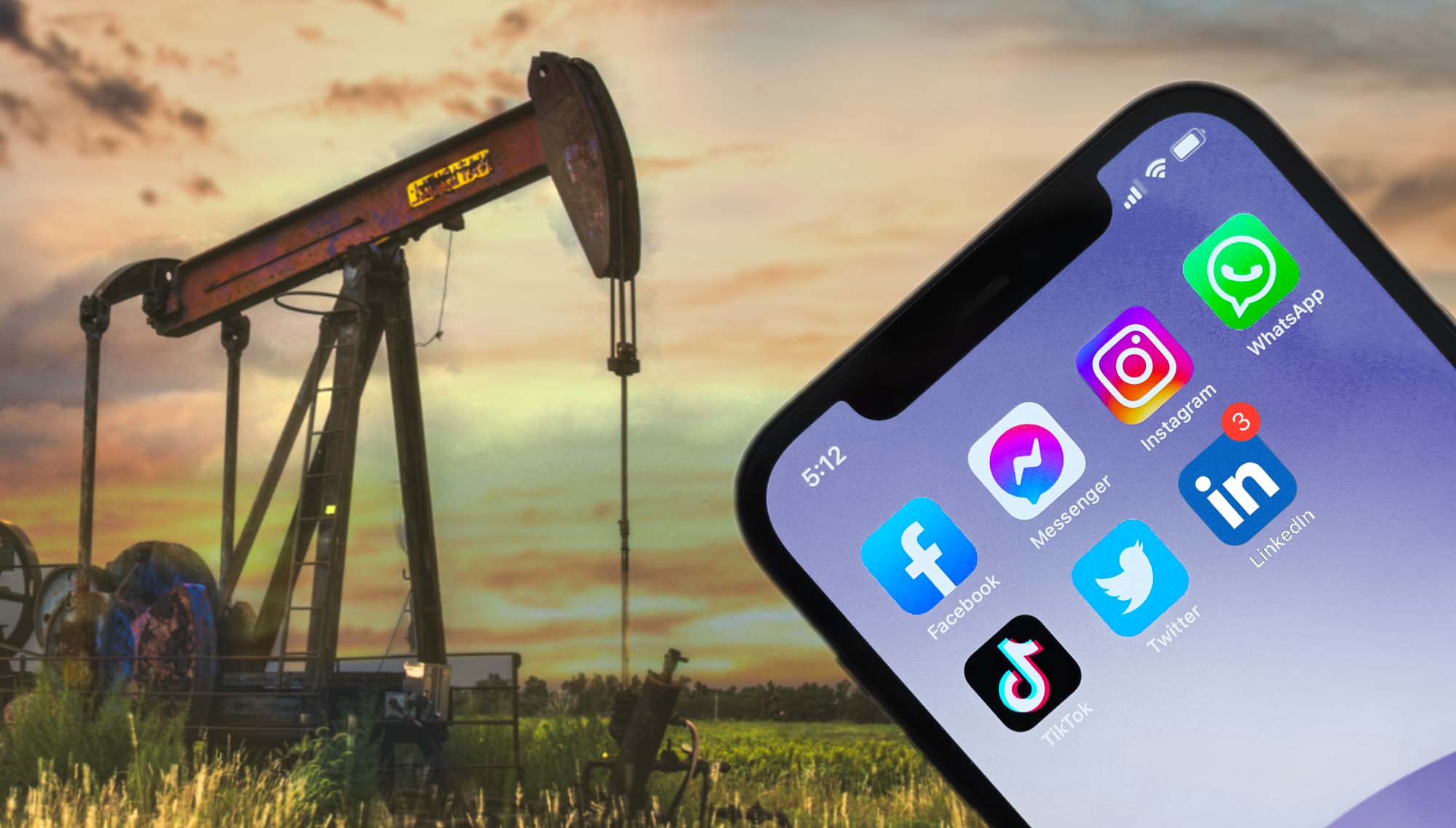Marketing in Oil and Gas is Changing
The oil and gas industry has been relationship-driven for decades. That is beginning to change with the digital transformation of marketing, but relationships still are the key to success. However, relationships online look a little different than those in person.
Building digital relationships in oil and gas marketing is about providing useful and informative content that your website visitors want to see, in a way that is easy for them to digest and understand. As your organization offers more and more valuable content to your prospects, they begin to see you as a credible expert in the field — one they can trust and respect.
We recently shared a blog post on how to increase traffic to your website in the oil and gas industry — also known as visibility. This month, we’re going to talk about what happens when that traffic arrives: engagement. When you foster engagement online, you build relationships that lead to trust, and eventually, sales.
What does engagement look like in oil and gas digital marketing?
In person, engaging with a prospect typically takes the form of a conversation. Meeting a prospect at a trade show and sharing a few words is an example of engagement, as is having the prospect come to the website and read a couple of blog posts.
In digital marketing, engagement is all about keeping the prospect interested in your organization. Whether that’s on your website, on your social media channels, or while watching a video, engagement helps the prospect to see your expertise and value — which eventually leads them to the next step in the funnel: conversion.
Ways to increase engagement for your oil and gas website
If your visibility initiatives are working, you’re going to have an increase in traffic on your website. Want to make sure all of those visitors are highly engaged and spending more than just a few seconds looking around? Here’s how to increase engagement for your oil and gas website:
Optimized website layout:
Have you ever been to a website and found it cluttered and disorganized? This can make it really hard to find the content you are looking for. Ensure your website layout is simple and modern, so website visitors can easily navigate to areas that interest them. This will reduce frustration and increase the amount of time they spend on your website.
Intuitive navigation:
Hand in hand with the layout of the website is the top-level navigation. Your website pages should be organized in an intuitive manner so website visitors can easily determine where they can find the information they need. Don’t just add everything to the top-level navigation either. Ensure pages are properly containerized in drop-down menus under headings that clearly communicate the type of information website visitors are looking for. Ideally, your website visitors should be able to navigate to the page they need in under three clicks.
Easy-to-read text:
Not only should you use a simple font and high-contrasting font color, but the text layout should also be taken into consideration. Don’t offer endless paragraphs of content, because no one is going to be able to read it all. Instead, break up the content with images, videos, bulleted lists, numbered lists, icons, and other visually interesting elements. This makes learning new information easier for the website visitor and encourages them to spend longer on the site.
Updated linking structure:
If you want to steer website visitors to specific pages, link to them within the text in strategic areas. However, frequently test the links to make sure they work (we see a lot of broken links on websites!) so website visitors don’t get frustrated. Give the links a clear anchor text description so there are no surprises.
Provide related content:
This tip applies to more than just blogs. You can use it for case studies, sales pages, white papers, or any other type of content. Always include links to related content at the bottom or middle of the page so that website visitors can navigate there easily.
Encourage social sharing:
Include social media sharing icons on all relevant pages, especially blogs. This way, with just a click of a button, website visitors can share pages with their followers if they so choose. You can also include email sharing options as well, so website visitors can send specific website pages to their colleagues.
Measure website engagement to mark your success
Just like you can see your website visibility by tracking your visitors and unique visitors, you can also track engagement by looking at key metrics. Ones to focus on include:
- Session duration
- Number of sessions
- Page depth
- Bounce rate
- Page views
- Return visits
- Average time on site
Tracking these metrics over time for your oil and gas marketing website will help you understand how engaged your visitors are so you can figure out how to capture their attention even more closely.
Increase engagement with Definity Web
Getting prospects to your website isn’t enough — you have to appeal to them once they arrive. If not, you’ll end up with low engagement metrics which will mean your visibility metrics don’t mean much.
For example, if you’re getting 10,000 visitors to your website each month, but they are only staying on your site for an average of 15 seconds, then they are not seeing anything of value. Those 10,000 visitors may not bother coming to your website at all if they are only going to spend mere seconds on it.
When you focus on engaging with your website visitors, they spend more time on your website learning about what you offer and build a relationship with your company that can lead to a conversion down the line.
Feeling overwhelmed and need some help?
We work with leaders in the oil and gas industry and support them during their digital transformation in marketing. From visibility to engagement to conversion and beyond, we help you reach your marketing goals.
Check out our Web Strategy Exploration to see how we can help your organization turn website visitors into highly engaged prospects.





